India’s aquatic resources epitomize nature’s bounty: 7,500+ km of coastline and nearly 5 million hectares of inland waters—an enviable endowment. Today, we spotlight India’s fisheries sector.
Per SeafoodMedia, India’s Ministry of Fisheries, Animal Husbandry & Dairying highlights two decades of transformative growth in fisheries.
Key Developments: ?? Global Standing: World’s #2 fish producer (≈8% of global output)
Technological & Policy Advances (2004–2024): Strategic reforms cementing leadership in aquaculture and seafood exports
2025–2026 Budget Priorities: Unprecedented allocation: $324 million Focus areas: Financial inclusion for fishers Tariff reductions to ease fisher burdens Marine fisheries development Sustainable frameworks for EEZ (Exclusive Economic Zone) and high-seas fishing Unlocking untapped potential in Lakshadweep and Andaman & Nicobar Islands Enhanced Credit Access: Kisan Credit Card (KCC) loan limits raised from $36,000 to $60,000 (₹3M→₹5M) Benefits: Fishers, farmers, processors, and stakeholders Spotlight: This edition compiles India’s most comprehensive marine fish catalog—explore its diversity now!
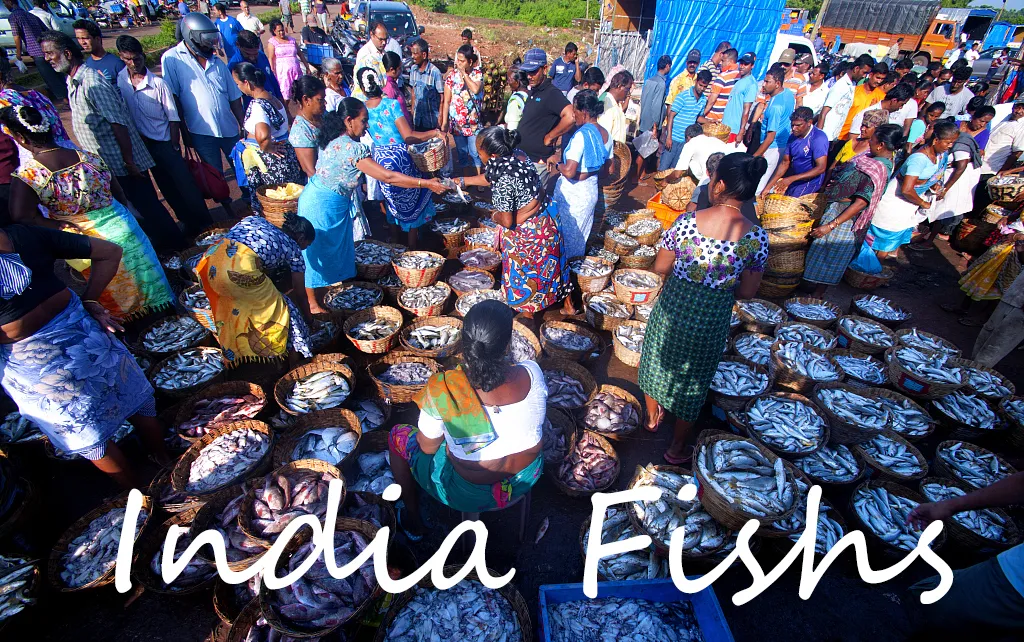

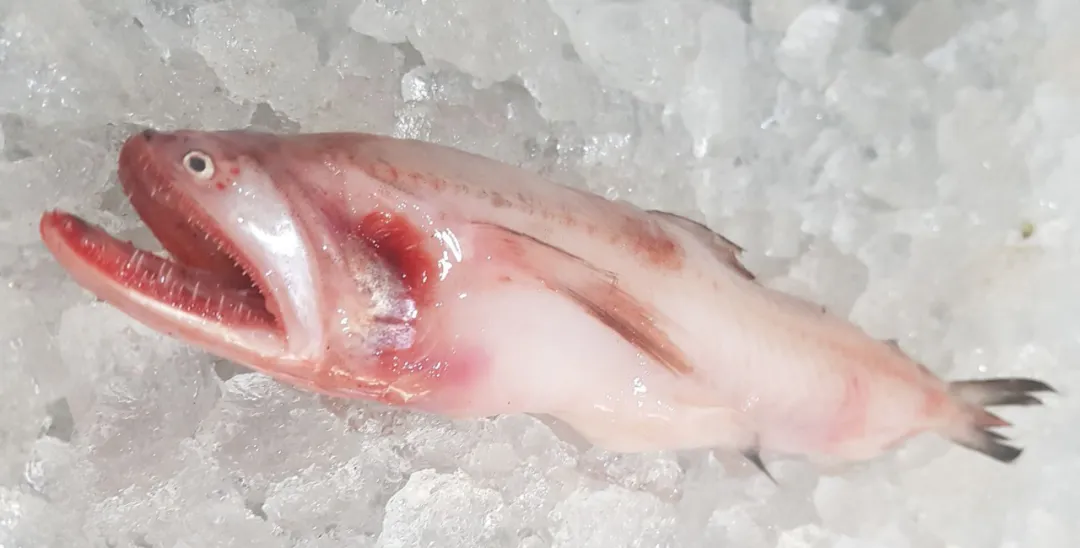
Also known as Shuǐ Chán (水潺), named for its movement resembling a gentle spring flow. Its body is as soft as water, with a single flexible backbone—snow-white, tender, and silky-smooth. Best of all: No scales!
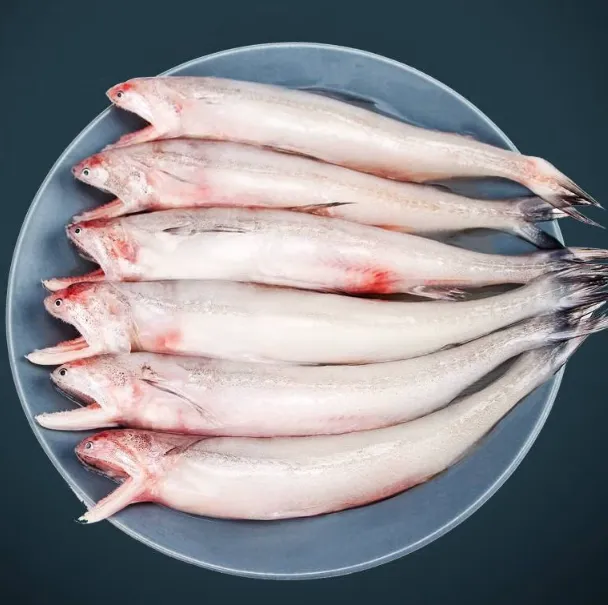
Devour Heartily may be the ultimate tribute to Bombay duck (龙头鱼). Whether deep-fried, steamed, grilled, or braised, this silken tofu-soft fish retains its snow-white tenderness, rich moisture, and exceptional umami.

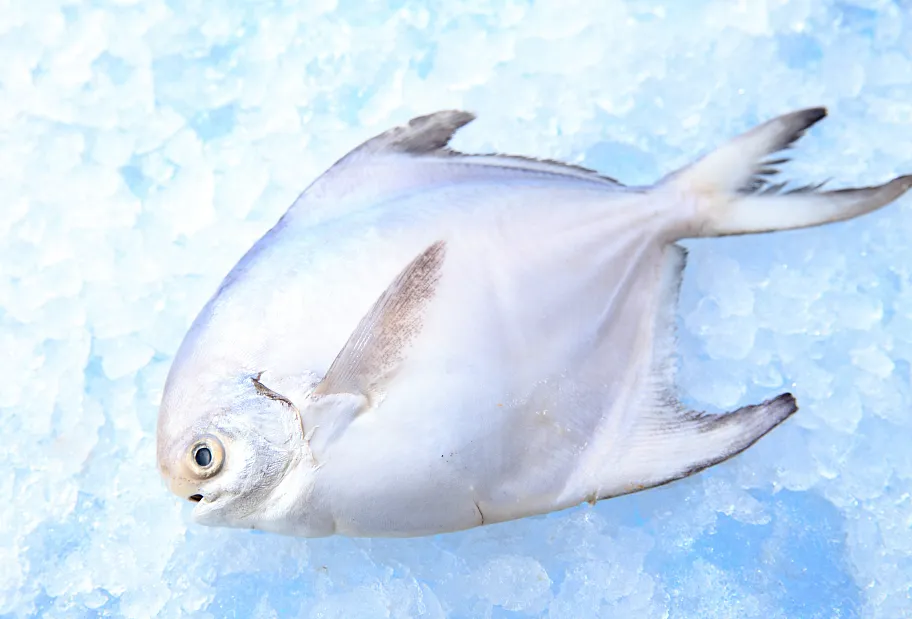
As a member of the pomfret family, its white belly resembles a silken underbelly—smooth, glossy, and shimmering. Also known as silver pomfret, it features thick flesh with minimal bones, tender texture, and is rich in protein and amino acids. Its flat, broad shape and few fine bones make it ideal for children.
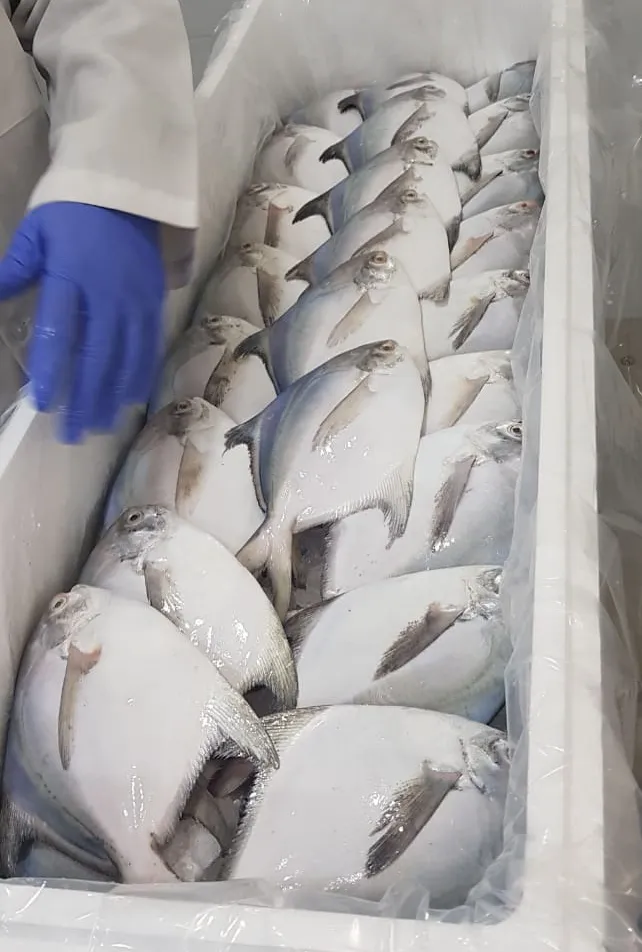

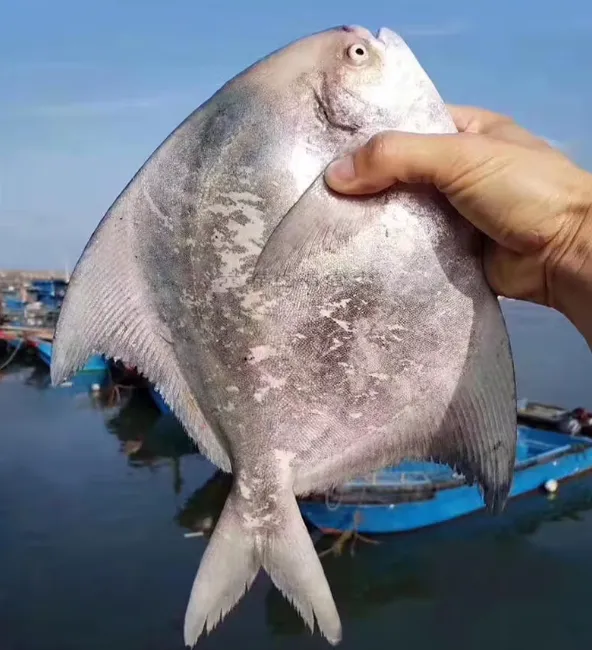
Chaozhou Proverb First pomfret, second wu, third mackerel, fourth red snapper — "first pomfret" specifically refers to Douchang pomfret. Nicknamed "Eagle Pomfret" due to fins resembling bird wings Grayish body Large size Thick flesh Delicate texture Abundant oils
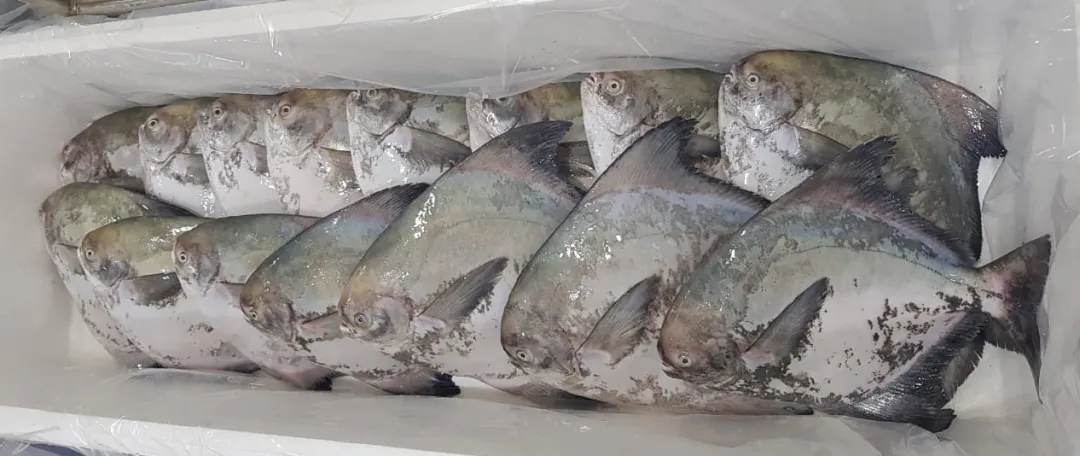
The best way to cook Douchang pomfret is dry-frying. When heated, its rich oils render out, permeating the air with fragrance. Only a pinch of salt is needed to achieve perfect deliciousness. Steaming is also excellent—maximally preserving its natural freshness.


Named for their forked tails resembling a phoenix’s plumage—short, crimson, and tapering to slender points. Due to their small size and soft, inseparable bones, they are generally consumed whole with bones intact.
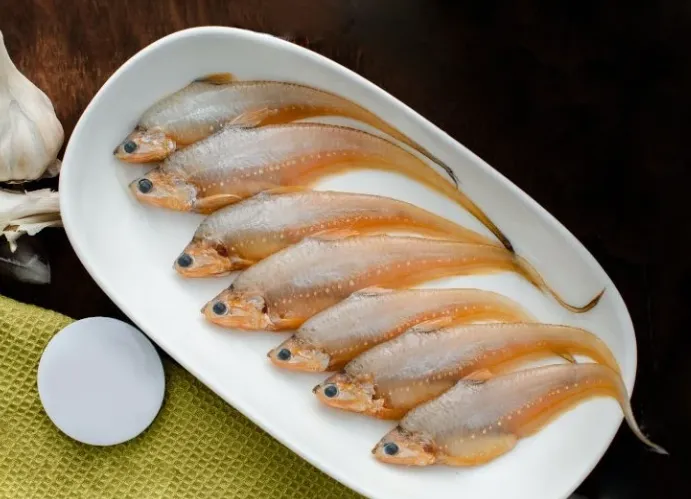
Cooking & Nutrition of Anchovies Commonly fried for both cold and hot dishes; also dry-braised with tofu, stewed in soups, or cured into dried fish—traditional folk culinary practices. Nutritional Profile: Rich in protein, fats, carbohydrates, calcium, phosphorus, iron, and trace elements zinc and selenium. Health Benefits: Zinc and selenium support children’s cognitive development. Significantly enhance immune function.

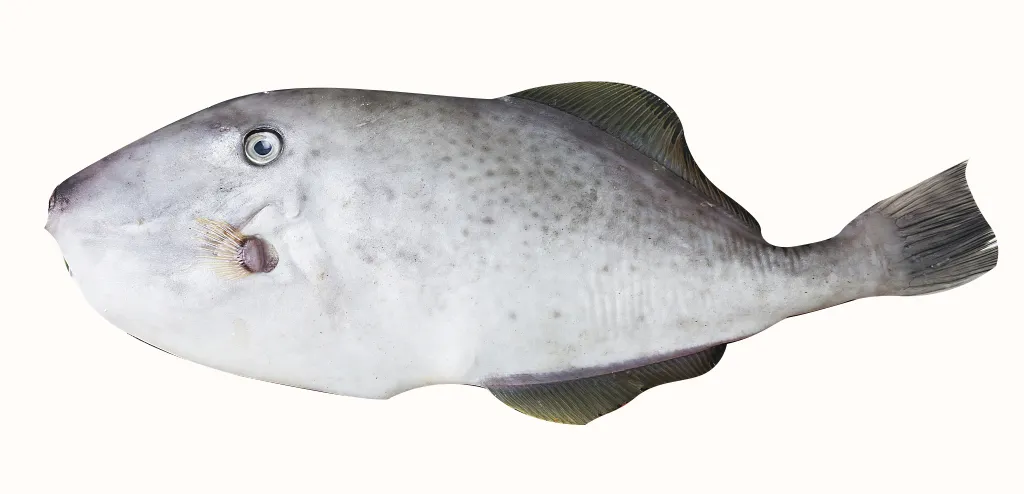
Filefish (马面鱼) A relatively common marine fish named for its horse-like head, also known as leatherjacket or "peel-skin fish" (bōpí yú). Rich in high-quality protein. Key Processing: Inedible Parts: Tough skin and head are unsuitable for consumption. Standard Preparation: Harvested fish undergo removal of viscera, head, and skin Marketed as "triple-prepared filefish"
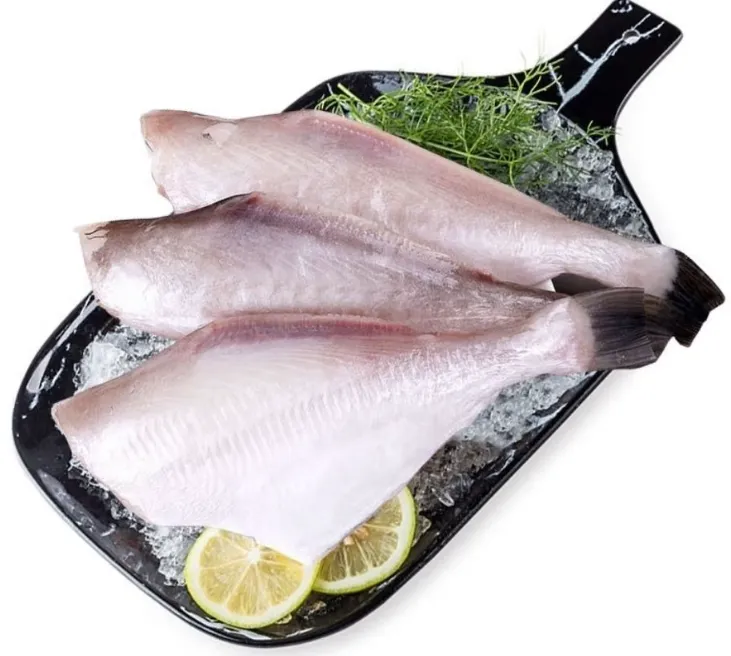
Cooking Methods for Filefish Simple preparations include dry-frying or grilling until golden brown on both sides, then sprinkled with spiced salt. This yields an intensely savory aroma, firm yet tender flesh, and minimal intermuscular bones, making it easy to eat with a smooth mouthfeel. It also excels in hot pot. In Chongqing, Haoyu fish (filefish) reigns as the supreme hot pot ingredient.
The aforementioned species are relatively familiar; below are multiple less common fish varieties.
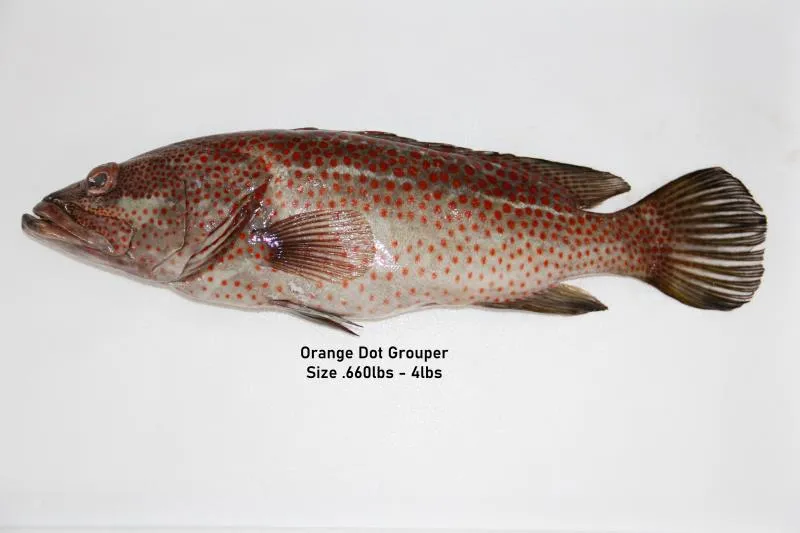
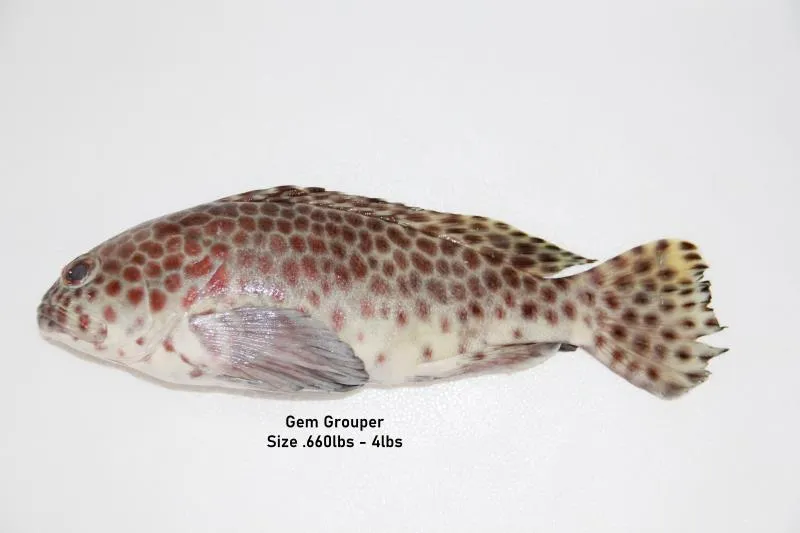
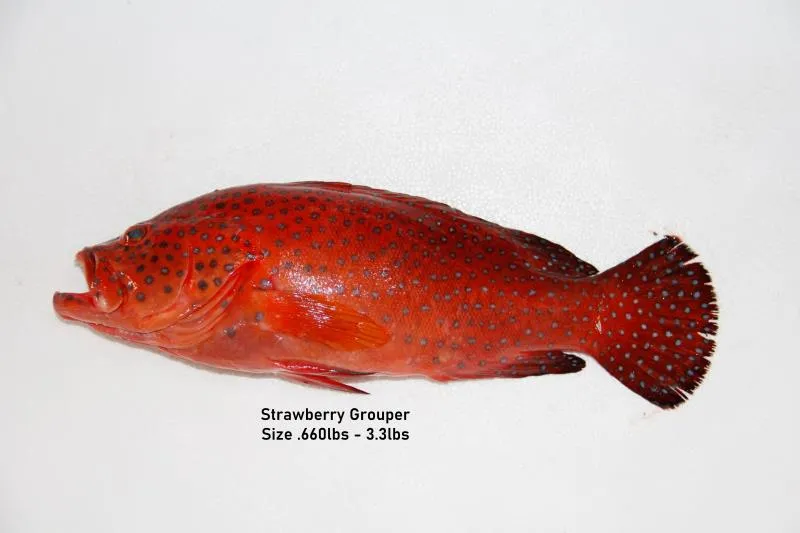
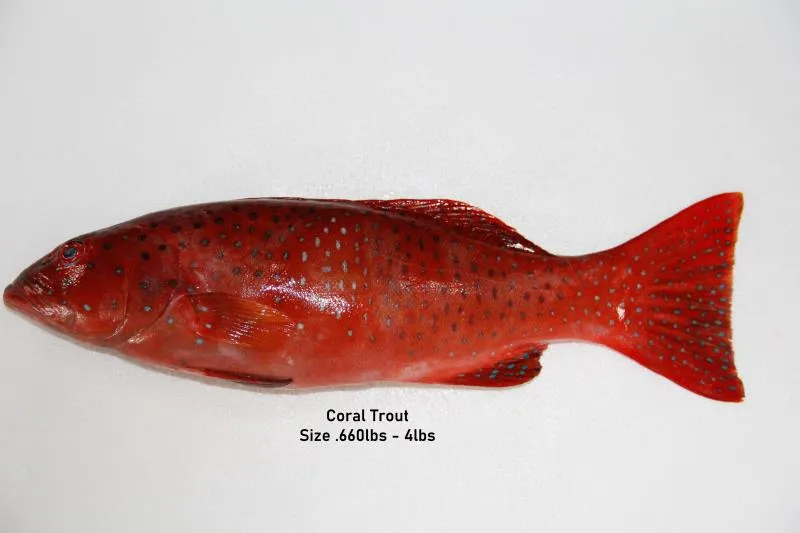
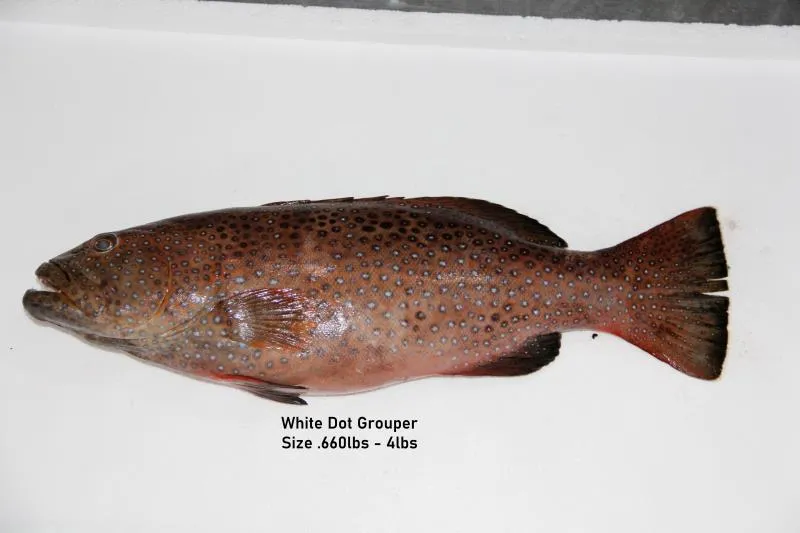
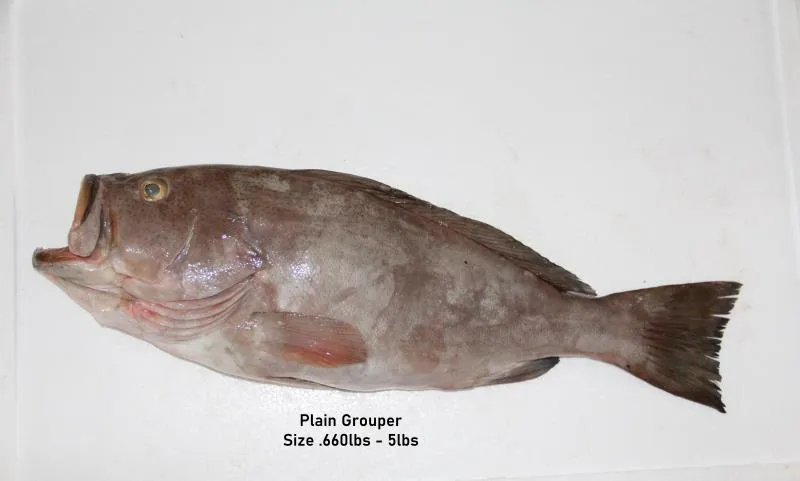
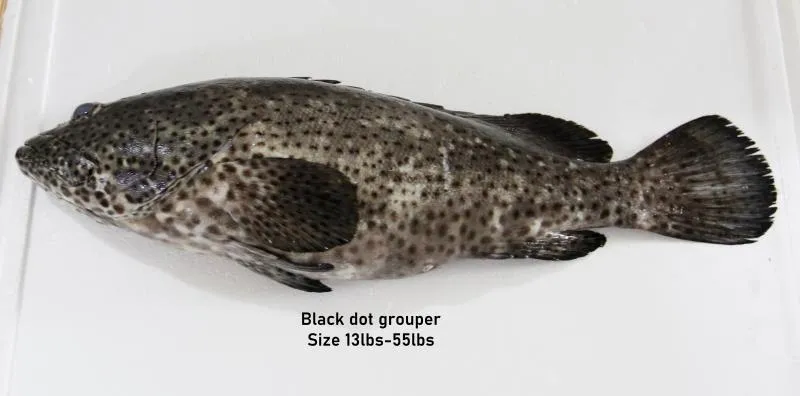
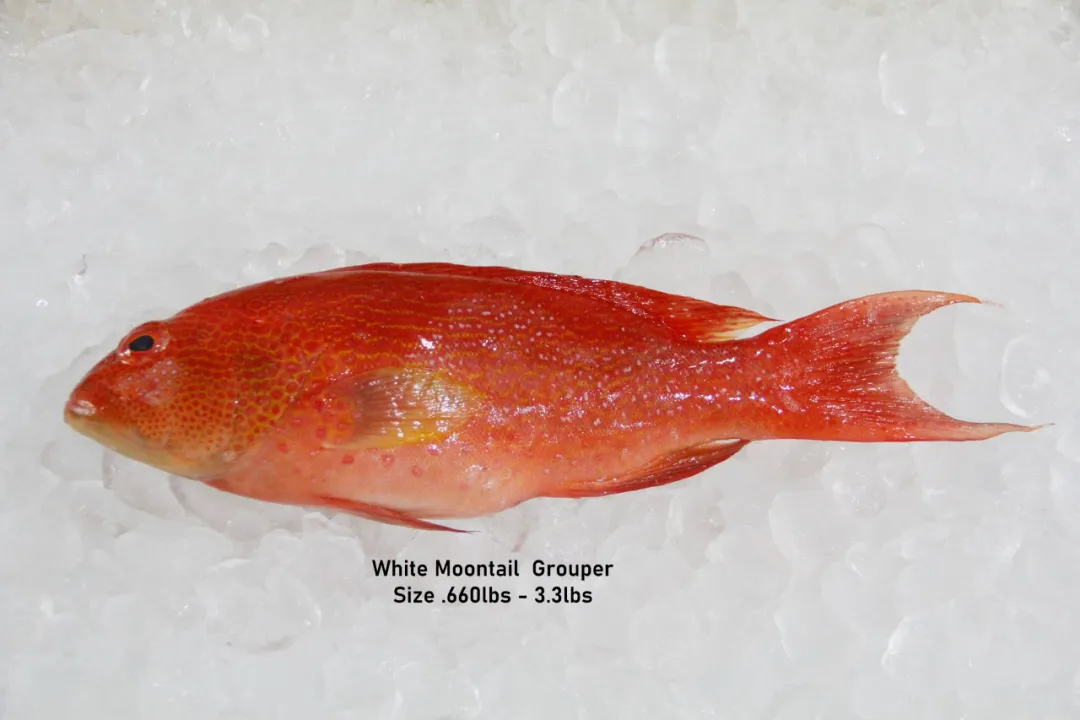
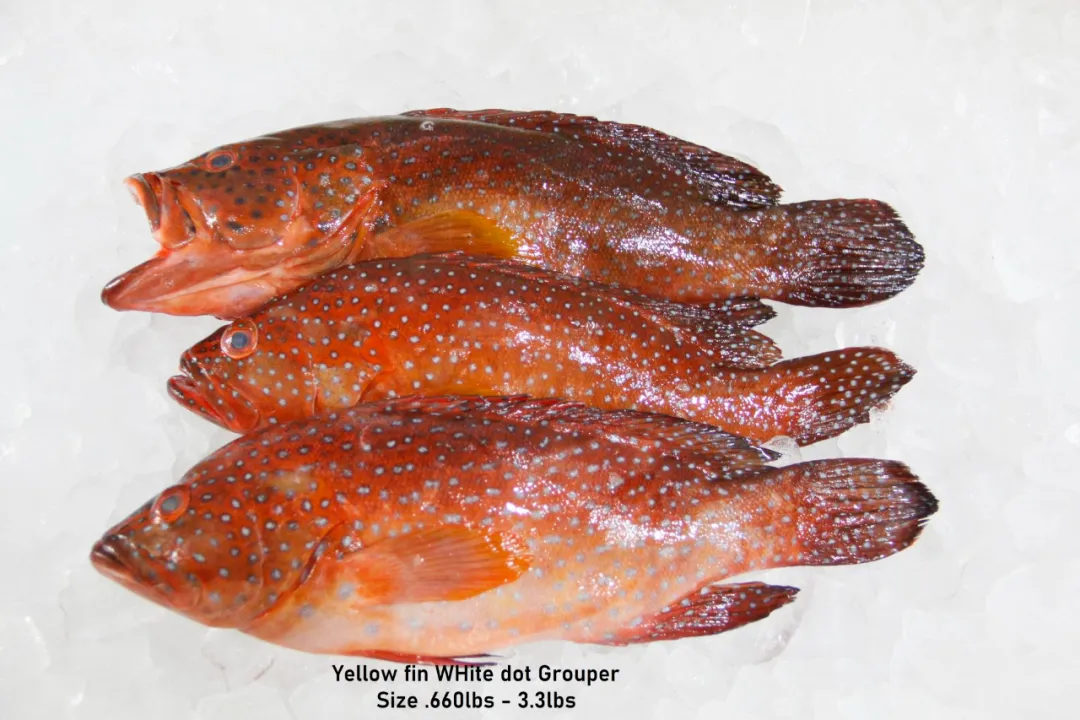
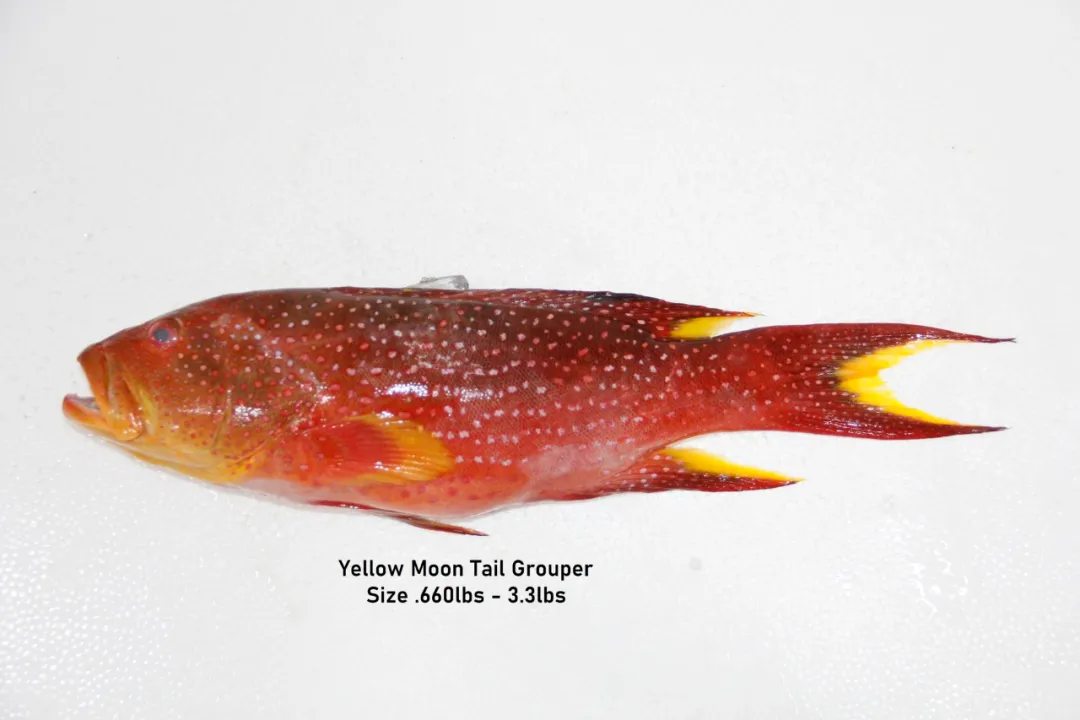
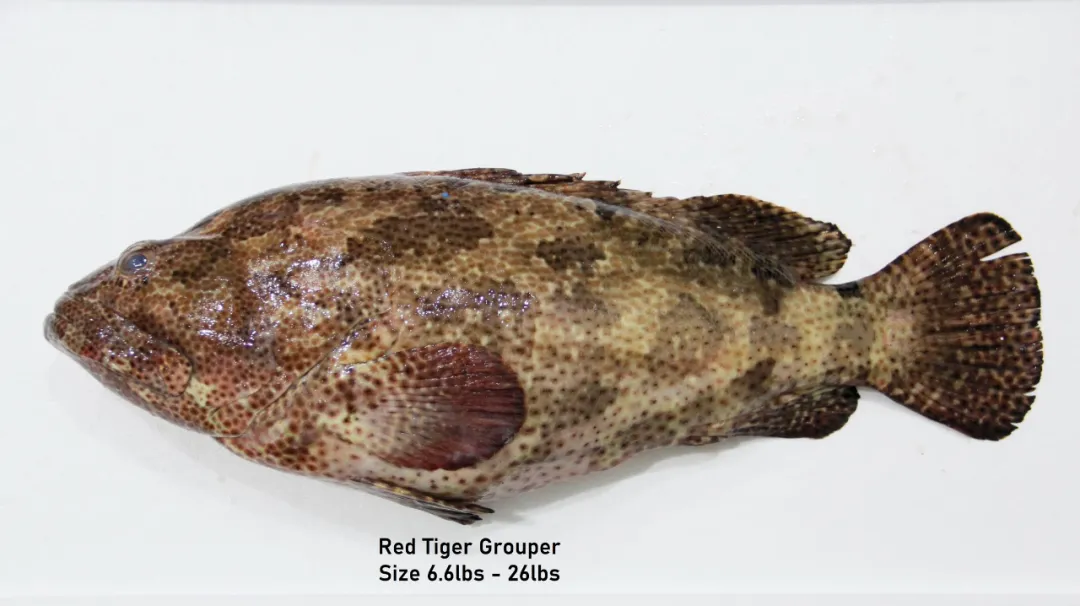
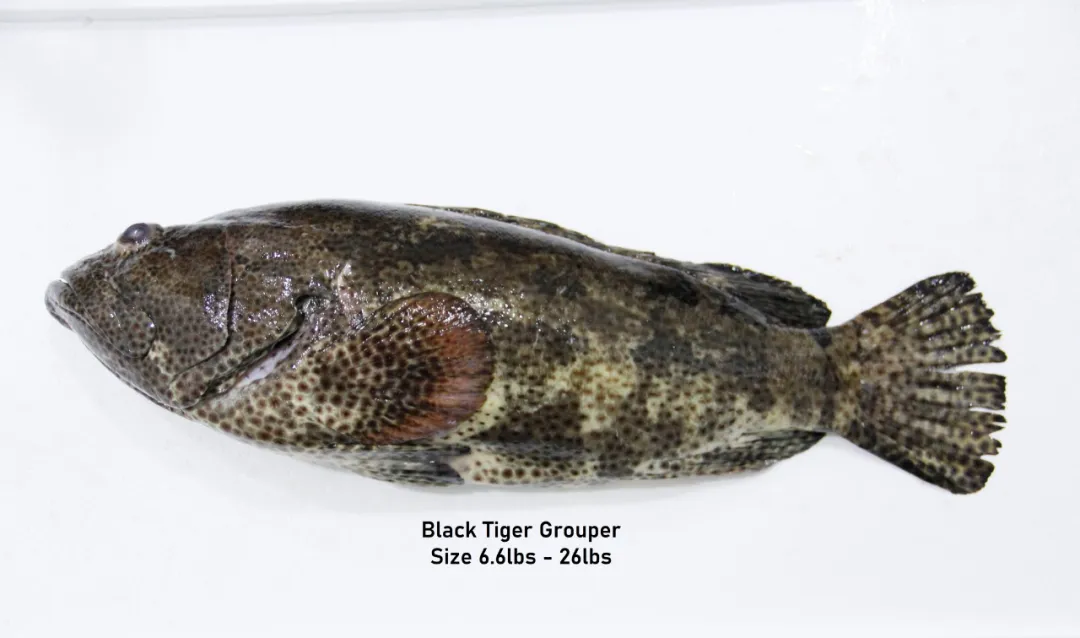
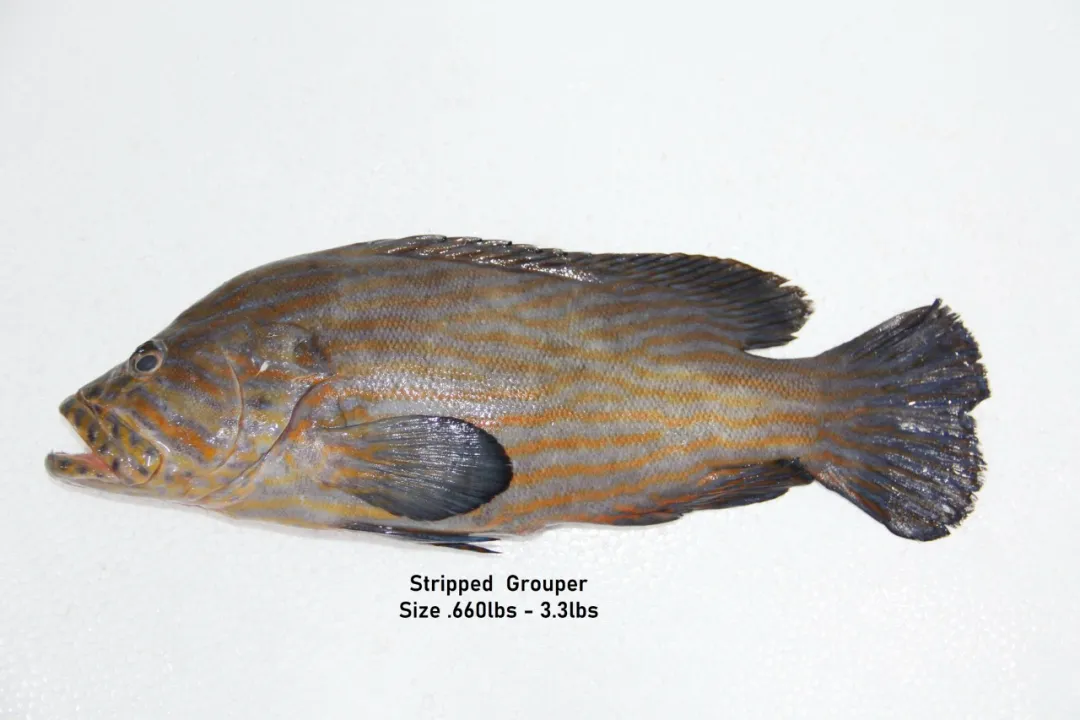
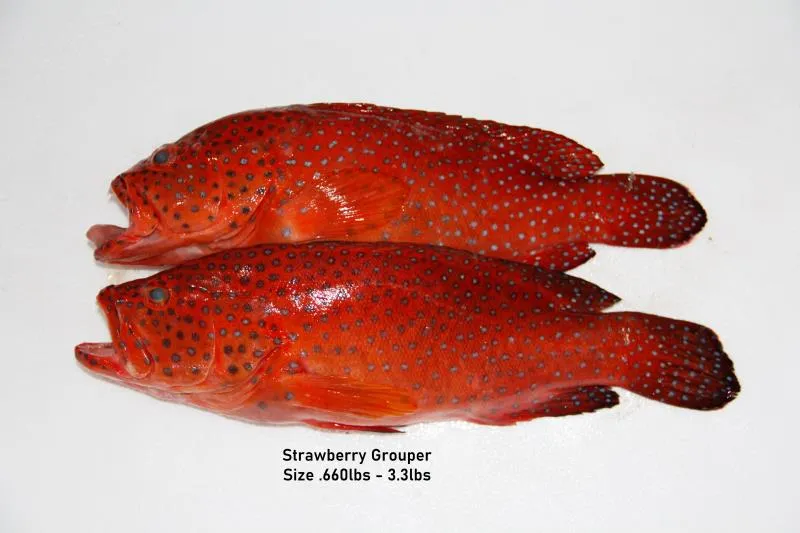
India offers abundant high-quality chilled fish with superior freshness. Over the past five decades, the country’s seafood exports have demonstrated steady growth in both volume and value. While frozen shrimp historically dominated exports, recent years have seen diversification in products and markets. The EU, Japan, and the US now stand as primary overseas markets for Indian fisheries products.
Article source:
https://mp.weixin.qq.com/s/eJ05NLeVR2fCpGTNgUQRqg
OUR MISSION
Provide high-quality services and products
/ Hotline /
021-34505035(上海)
/ Business consultation /
Li Cheng 13661660483
Zhou Cheng 18621585930
/ Official website /
https://www.rsftrading.com/

COMPANY TEL
021-3450-5035
E-MAIL
917935736@qq.com
COMPANY ADDRESS
Room 403, No. 5, Lane 72, Haowen Road, Minhang District, Shanghai
All Rights Reserved © Copyright 2021 Shanghai Rishifu Trading Co., Ltd.
Website:OCEAN